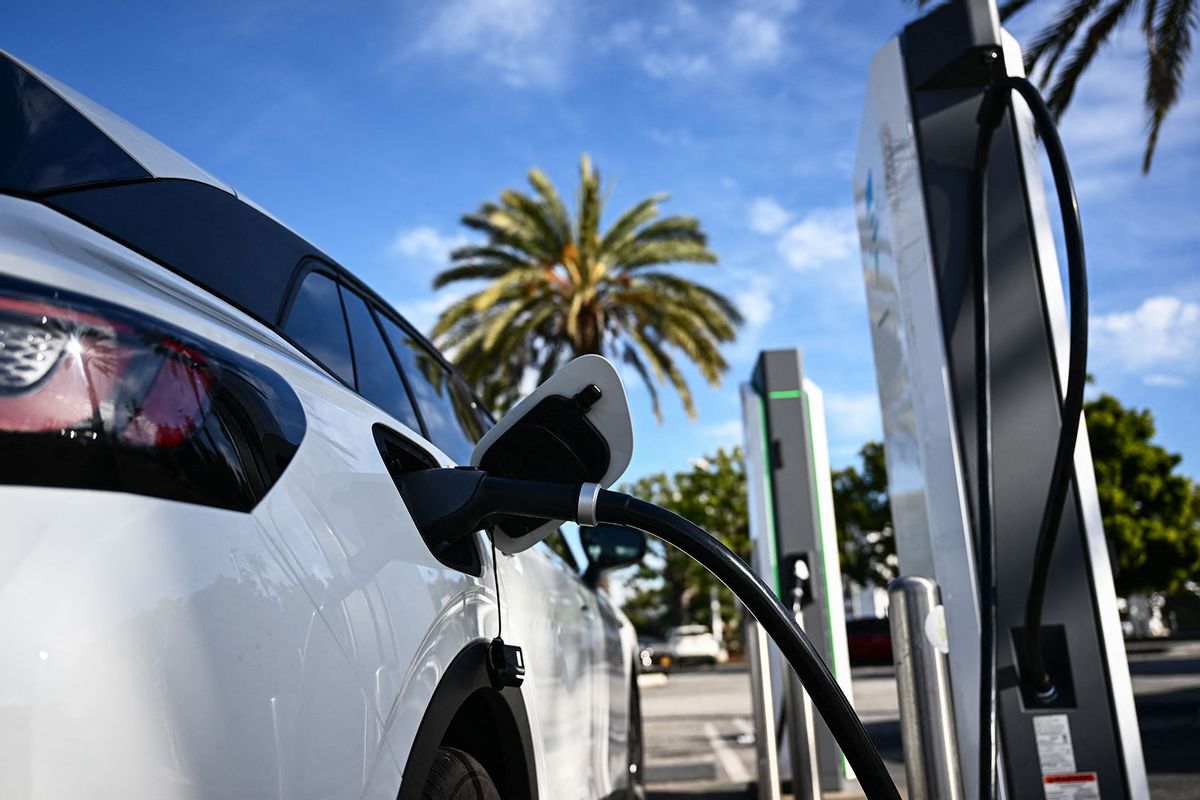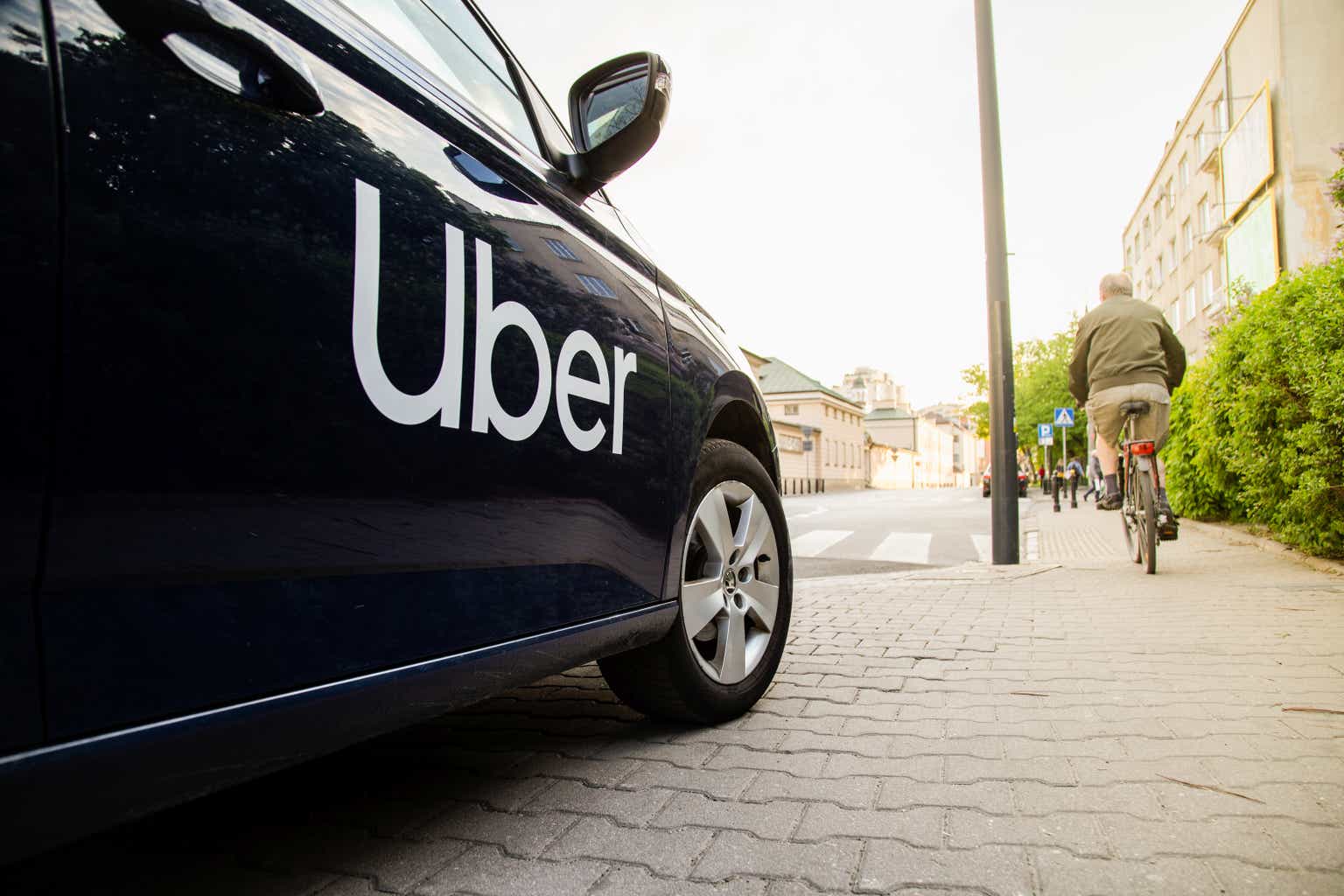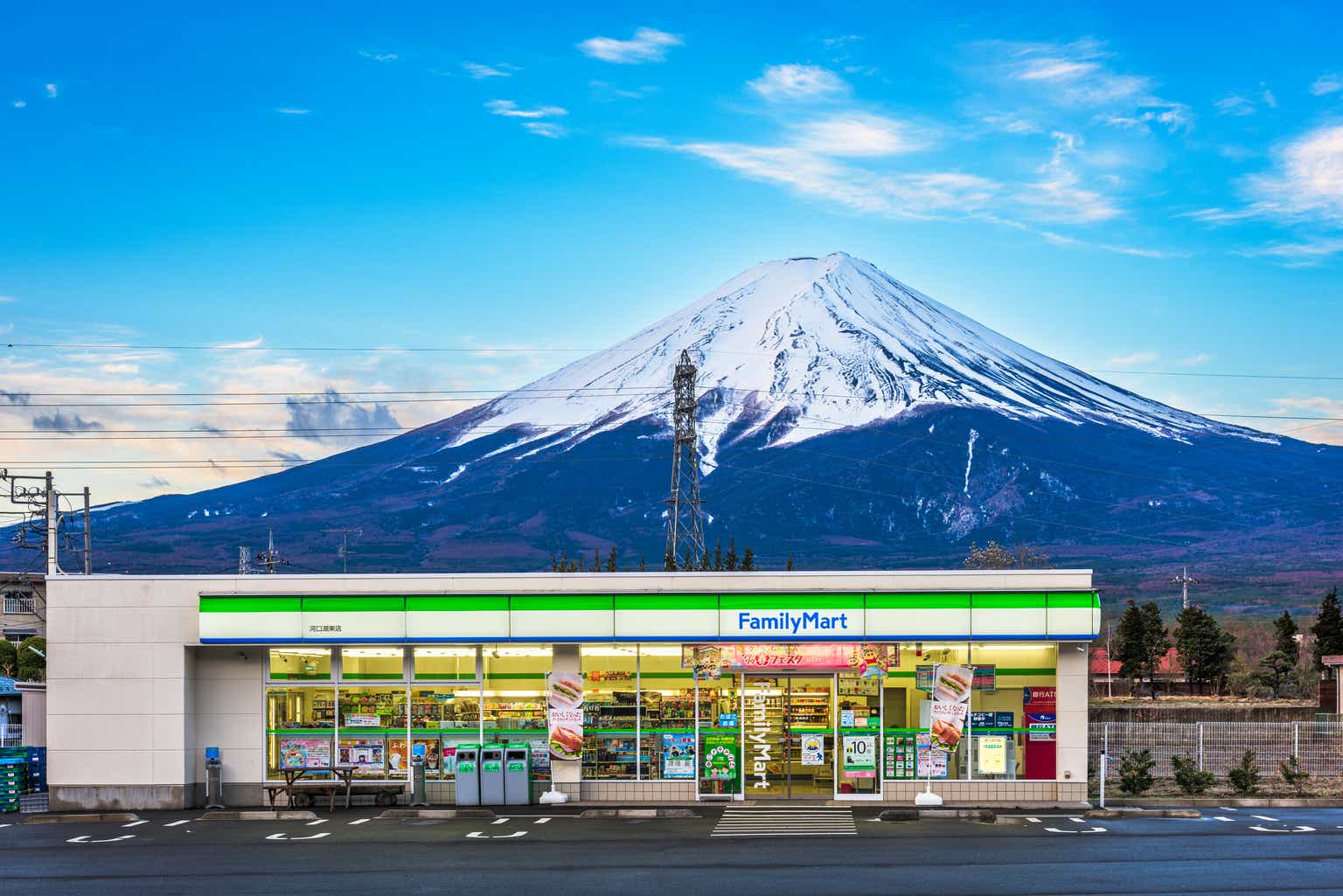The Super Bowl is not just the biggest night in American sports — it’s also the biggest advertising stage. With millions of viewers tuning in annually, brands leverage the event to debut some of history’s most innovative and culturally impactful commercials. These ads don’t just sell products; they create conversations, influence pop culture, and, in some cases, become more memorable than the game itself. These iconic Super Bowl commercials have left a lasting impression on audiences and the advertising industry alike.
Apple: “1984” (1984)
Apple’s “1984” commercial, directed by Ridley Scott, remains one of the most legendary Super Bowl ads of all time. This dystopian-inspired ad was a direct reference to George Orwell’s novel, symbolizing Apple’s Macintosh computer as a revolutionary tool against conformity. The commercial’s striking imagery and powerful messaging not only solidified Apple’s brand identity but also set a new standard for Super Bowl advertising.
Coca-Cola: “Mean Joe Greene” (1979)
Although this ad aired before the Super Bowl commercial frenzy truly took off, Coca-Cola’s “Mean Joe Greene” spot became one of the most beloved ads in sports history. The heartwarming exchange between a young boy and the tough football player humanized athletes in a new way and reinforced Coca-Cola’s messaging of positivity and kindness. It remains one of the most frequently referenced and parodied commercials in pop culture.
Budweiser: “Frogs” (1995)
Few commercials have been as instantly recognizable as Budweiser’s “Frogs” ad, in which three amphibians croak “Bud,” “Weis,” and “Er.” The simplistic yet effective commercial quickly became a cultural phenomenon, reinforcing Budweiser’s branding while showcasing the power of humor in advertising. The ad’s success led to several sequels and cemented Budweiser as a leader in memorable Super Bowl marketing.
Doritos: “Crash the Super Bowl” (2006-2016)
Doritos took a unique approach to Super Bowl advertising by crowdsourcing its commercials through the “Crash the Super Bowl” campaign. Over the years, this initiative generated some of the most engaging and creative commercials, with fan-submitted ads often outshining those from big-budget advertising agencies. The campaign not only demonstrated the power of user-generated content but also solidified Doritos as a fun and youthful brand. Doritos held the competition each year from 2006 to 2016, and after a nine-year hiatus, it returned for this year’s Super Bowl.
Volkswagen: “The Force” (2011)
Volkswagen’s “The Force” commercial, featuring a young child dressed as Darth Vader attempting to use the Force, was an instant hit. The combination of nostalgia, humor, and an emotional connection made it one of the most-watched and beloved Super Bowl ads. It also highlighted how storytelling and simplicity can create an impactful commercial that resonates across generations.
Snickers: “You’re Not You When You’re Hungry” (2010)
Snickers introduced its now-iconic “You’re Not You When You’re Hungry” campaign with a Super Bowl ad featuring Betty White and Abe Vigoda. The unexpected humor and clever messaging made it one of the most talked-about commercials of the year. This campaign proved so successful that it became a long-term branding strategy for Snickers, demonstrating the power of a well-executed Super Bowl ad in shaping a brand’s identity.
E-Trade: “Talking Baby” (2008)
E-Trade’s “Talking Baby” commercials brought humor and technology together, creating one of the most memorable Super Bowl ad campaigns of the late 2000s. The concept of a wise-cracking baby explaining stock trading resonated with audiences, reinforcing E-Trade’s message of accessibility and ease in online investing.
Tide: “It’s a Tide Ad” (2018)
Tide’s 2018 Super Bowl campaign took an innovative approach by playfully hijacking the concept of a traditional commercial. Starring David Harbour, the ad humorously mimicked various advertising tropes, only to reveal that every clean shirt or spotless scene was, in fact, a Tide ad. This meta approach was widely praised for its creativity and strategic messaging, making it one of the most clever Super Bowl commercials in recent memory.
Google: “Loretta” (2020)
Google’s “Loretta” commercial took a more emotional route, telling the story of an elderly man using Google Assistant to remember details about his late wife. The ad was simple yet deeply moving, showcasing the power of technology in preserving memories. In a sea of flashy, high-energy commercials, Google’s heartfelt approach stood out and resonated with audiences on a profound level.
What Can We Expect From This Year’s Super Bowl Commercials?
Advertisers are reportedly paying around $7 million this year for a 30-second spot, with some advertisers rumored to be spending as much as $8 million, according to USA Today’s Ad Meter — an industry-leading tool for measuring public opinion on Super Bowl ads.
The anticipation surrounding Super Bowl commercials has grown to the extent that some brands, including Haagen-Dazs, Meta, and Hellmann’s Mayonnaise, have released previews ahead of the game. This phenomenon highlights the increasing trend of brands promoting their advertisements before they even air, creating a pre-game buzz and maximizing audience engagement.















